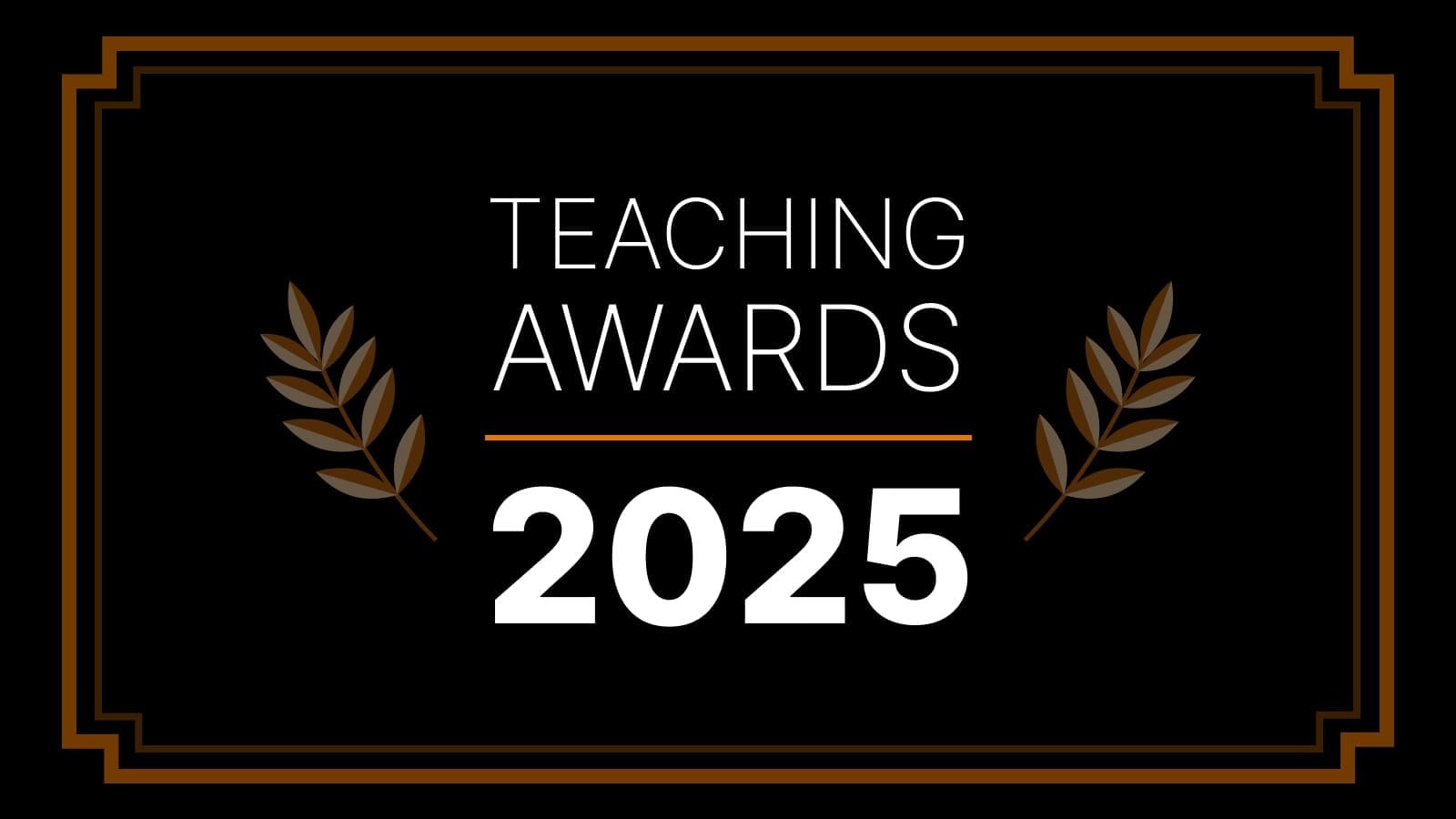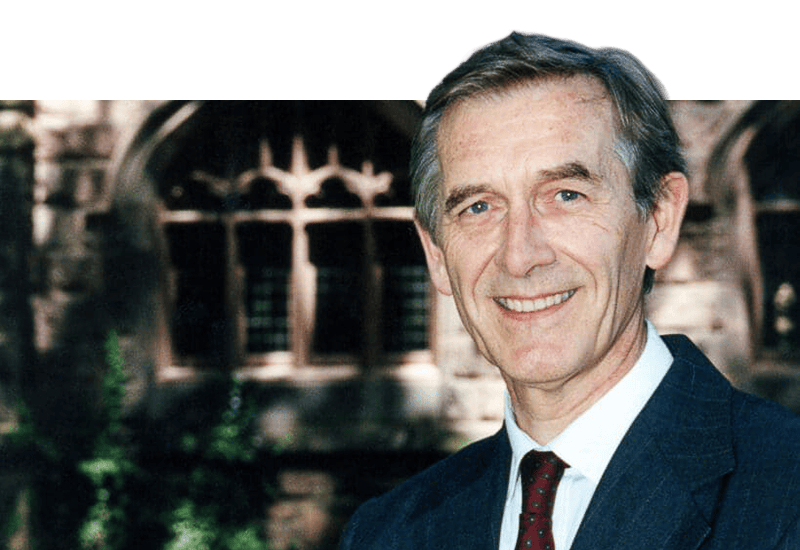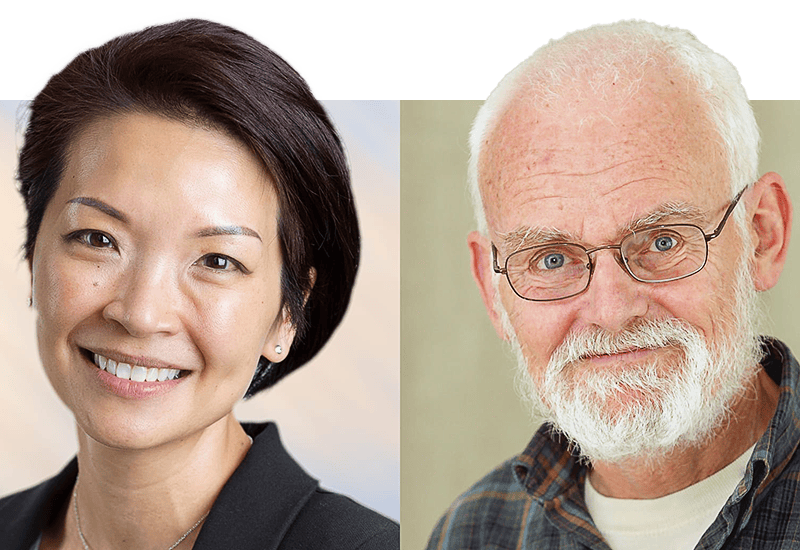MIT engineering professor John Ochsendorf *98 receives Earth Award
By
on
John Ochsendorf, associate professor of building technology in the School of Architecture and Planning at Massachusetts Institute of Technology, was recognized with a 2010 Earth Award in The Built Environment category.
He had partnered with Michael Ramadge of Cambridge University and South Africa-based architect Peter Rich to find a way to construct sustainable buildings at minimal cost in remote areas of developing countries using local skills and materials. The result, Sustainable Shells, was lauded by the award judges as creative, practical and an easily applied solution.
The Sustainable Shells design is based on the traditional tile vault technique, which is hundreds of years old and proven to be strong and durable; the main construction material is tiles made of earth from the building site mixed with a small amount of cement. Vault construction can be adapted for various types of buildings: homes, schools, clinics and more.
The international Earth Awards are dedicated to identifying viable designs which have the potential to improve the quality of life and support a new economy. For 2010 more than 500 entries were received from designers, architects and other innovators representing 65 countries.
Ochsendorf recently authored, Guastavino Vaulting: The Art of Structural Tile, due out in October and published by Princeton University Press. The book is an illustrated survey of the achievements of architect Rafael Guastavino, who emigrated to the U.S. from Barcelona, Spain in 1881.
Guastavino brought with him knowledge of creating large vaulted tiled structures that were lightweight, fireproof and extremely sturdy. He, and later his son, also named Rafael, helped to design and build many landmark buildings in the U.S. They include the Boston Public Library, the arrival hall at Elis Island, New York’s Grand Central Station and old Penn Station, the Biltmore Estate in North Carolina and the National Museum of Natural History in Washington D.C.
As an undergrad at Cornell University, Ochsendorf majored in structural engineering and minored in archaeology. He earned a M.S.E. in civil engineering at Princeton and a Ph.D. in engineering from received from Cambridge University.





